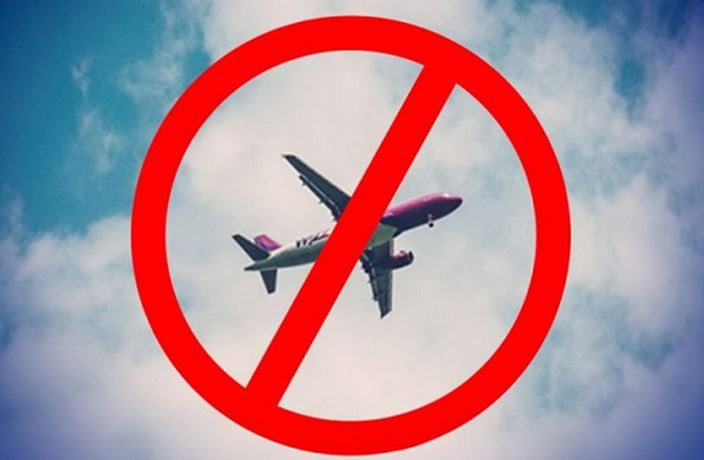Why a no-fly zone is unlikely in Ukraine?

From Current Affairs Notes for UPSC » Editorials & In-depths » This topic
IAS EXPRESS Vs UPSC Prelims 2024: 85+ questions reflected

Context
Russia-Ukraine war
- Russia’s attack on Ukraine’s Zaporizhzhia nuclear power plant has renewed calls for NATO to impose a no-fly zone over Ukraine.
What is a no-fly zone?
- A no-fly zone would bar all unauthorized aircraft from flying over Ukraine.
- Western nations imposed such restrictions over parts of Iraq for more than a decade following the 1991 Gulf War, during the civil war in Bosnia and Herzegovina from 1993-95, and during the Libyan civil war in 2011.
Why won’t NATO take this step in Ukraine?
- In simple terms, it would risk a direct military conflict with Russia that could escalate into a wider European war with a nuclear-armed superpower.
- While the idea may have captured the public imagination, declaring a no-fly zone could force NATO pilots to shoot down Russian aircraft.
- But it goes beyond that. In addition to fighter planes, NATO would have to deploy refuelling tankers and electronic surveillance aircraft to support the mission.
- To protect these relatively slow, high-flying planes, NATO would have to destroy surface-to-air missile batteries in Russia and Belarus, again risking a broader conflict.
- The only way to implement a no-fly zone is to send NATO fighter planes into Ukrainian airspace, and then impose that no-fly zone by shooting down Russian planes. But it would end up with something that could end in a full-fledged war in Europe
- NATO has a responsibility as its allies are trying to prevent this war from escalating beyond Ukraine.
What would a no-fly zone achieve?
- What Ukrainians actually want is a broader intervention like the one that occurred in Libya in 2011, when NATO forces launched attacks on government positions. That’s not likely to happen when the opponent is Russia.
What is happening in the skies over Ukraine?
- Predictions that Russia would quickly control the skies over Ukraine have not come to fruition.
- Military experts are wondering why Russia has chosen to leave most of its fixed-wing combat aircraft on the ground during this massive land offensive.
- One explanation may be that Russian pilots aren’t well trained in supporting large-scale land operations, engagements that require coordination with artillery, helicopters and other assets in a fast-moving environment.
Conclusion
- No-fly zones prevent a country from using warplanes to attack military targets or civilians on the ground, but simply declaring airspace off-limits is not enough.
- Once declared, NATO would be responsible for patrolling the area with its own planes and being prepared to fire at enemy ones to ensure the safety of civilians on the ground.
- That’s not likely to happen when the opponent is Russia as it would end up with something that could end in a full-fledged war in Europe
Practice question for mains
- What is a no-fly zone? Discuss the pros and cons of NATO enforcing a no-fly zone over Ukraine. (250Words, 15Marks)
Referred Sources
If you like this post, please share your feedback in the comments section below so that we will upload more posts like this.


Thank u sir for the Practice question for mains.
You are welcome.